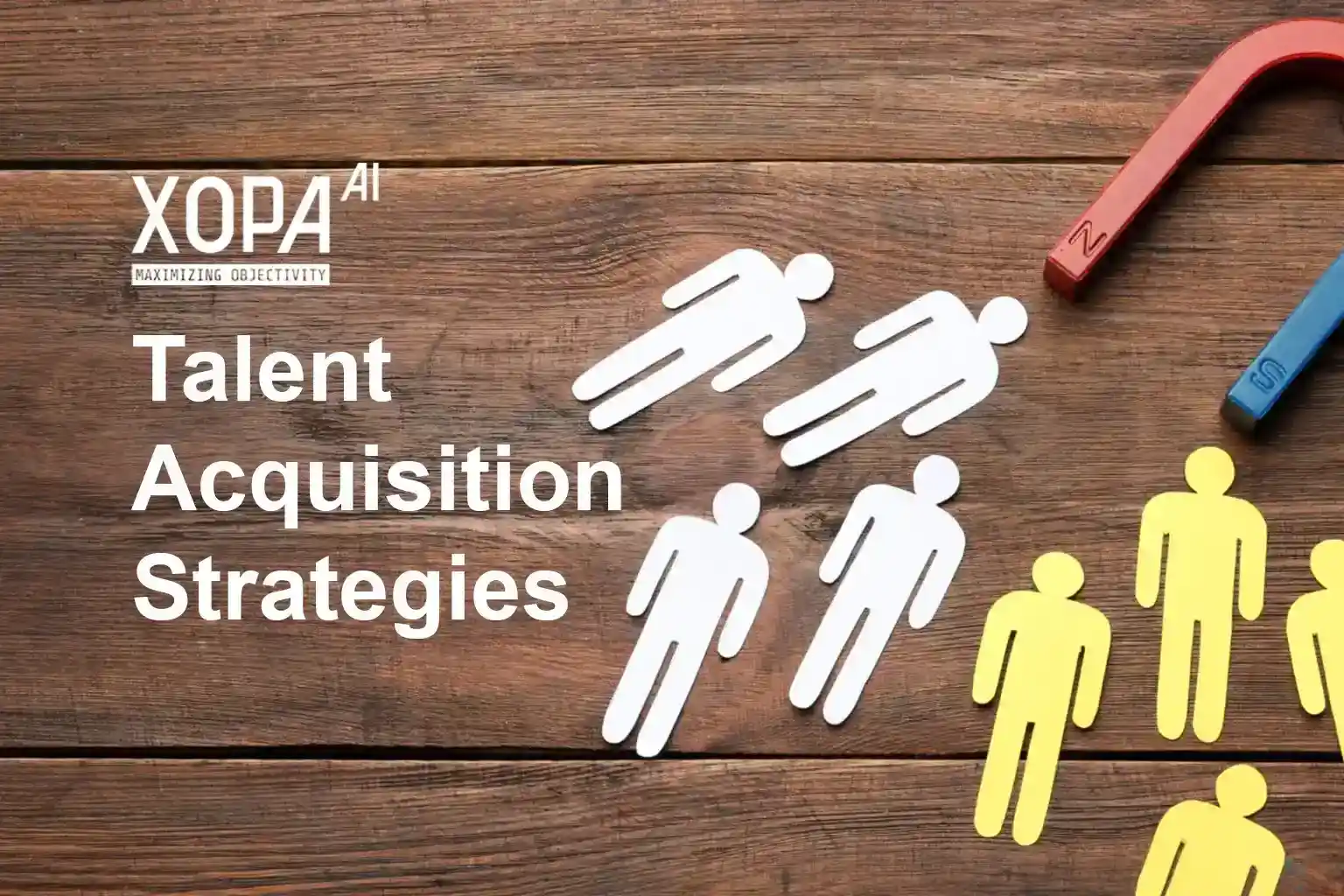Introduction
Companies are reevaluating how they find and select talent in a landscape where every competitive advantage counts. One approach that stands out is the structured interview process, which brings a data-driven and consistent framework to recruiting at every stage. Organizations that embed standardization into hiring mitigate bias, enhance objectivity, and reduce costly hiring missteps. Structured hiring ensures each candidate is assessed on their true potential and fit for the role, transforming talent acquisition into a more predictable and scalable operation.
This recruitment methodology leverages predetermined interview questions, precise job descriptions, and consistent evaluation criteria. The result? a high-quality, fair, and efficient hiring process that creates measurable outcomes for any business size. Organizations embracing a structured interview process report improved hiring outcomes and stronger teams—key differentiators in a talent-driven economy.
Understanding Structured Hiring
Structured hiring is a deliberate, repeatable approach to recruitment in which each task—from writing the job description to evaluating interview answers—is grounded in standardized processes. At every step, the focus is on consistency: establishing clear criteria for what a strong candidate looks like, creating identical experiences for each applicant, and ensuring that all stakeholders are aligned about both role requirements and assessment rubrics. This structure increases the fairness of the process, allowing candidates to be measured based on merit, experience, and alignment with company values.
Adopting structured hiring goes beyond fairness. According to the Society for Human Resource Management (SHRM), structured recruitment methods reduce the chance of making poor hiring decisions, as they anchor judgments in evidence rather than subjective impressions.
Benefits of Structured Hiring
The move toward structured hiring pays off in several significant ways for teams and organizations:
- Consistency:By assessing all candidates using the same standards and questions, you reduce unconscious bias and create a level playing field.
- Quality of Hires:Structured methodologies channel focus toward core competencies, skills, and culture fit, resulting in new hires who contribute more swiftly and stay longer.
- Efficiency:A repeatable process accelerates decision-making by clarifying next steps and expectations for the hiring team and candidates.
For example, structured interviews are twice as effective in predicting job performance. Furthermore, companies that adhere to structured practices build more diverse and inclusive workplaces, since candidate assessments are based solely on data collected.
Implementing Structured Hiring
Successful structured hiring begins with a systematic approach. These steps can help your organization reap the rewards:
- Define Clear Job Requirements:Start with targeted job descriptions that articulate exact responsibilities, qualifications, and expectations. This clarity informs every subsequent step.
- Develop Standardized Interview Questions:Prepare questions in advance that are tightly aligned to the role’s most critical competencies and tasks. Every candidate should be allowed to answer the same or closely related questions.
- Establish Objective Evaluation Criteria:Build and use rubrics or scoring sheets tied to measurable job outcomes. This ensures committee members weigh candidates against common standards.
- Train Interviewers:Provide interviewer training to eliminate subjective bias and to reinforce structured evaluation norms across the hiring team.
Organizations may include panel interviews or assessment tasks in their structured process, allowing for a broader, more objective picture of candidate capabilities.
Leveraging Technology in Structured Hiring
Technology is a critical ally in amplifying the impact of structured hiring. Applicant tracking systems (ATS) can automate resume screening, ensure consistent interviewer notes, and streamline candidate communication. AI-powered tools can analyze responses and prompt interviewers to follow the process closely, while data analytics dashboards monitor bottlenecks or disparities in the pipeline. This improves efficiency and provides a data trail for continuous improvement efforts.
Furthermore, digital interviewing platforms help ensure that interviews remain standardized even when candidates are remote, providing equity regardless of location or interviewer availability.
Measuring Success in Structured Hiring
Continuous improvement in hiring rests on measurement. Key performance indicators include time-to-hire, quality of hire, new-hire retention, and candidate experience scores. Transparent, structured processes also make it easier to diagnose where bottlenecks exist or why specific candidates progress further so that teams can adapt in real time. Industry research highlights that companies using structured hiring practices frequently see higher-quality hires, sometimes improving results by as much as 20% over less formal approaches.
High-performing organizations not only track hiring outcomes but also solicit feedback from candidates and interviewers, ensuring the process delivers results and is embraced across the business. Adopting a structured hiring strategy can help organizations establish a foundation for objective, fair, and effective talent acquisition. Combining standardization, technology, and continuous improvement is essential for building resilient, high-performing teams in any market environment.
